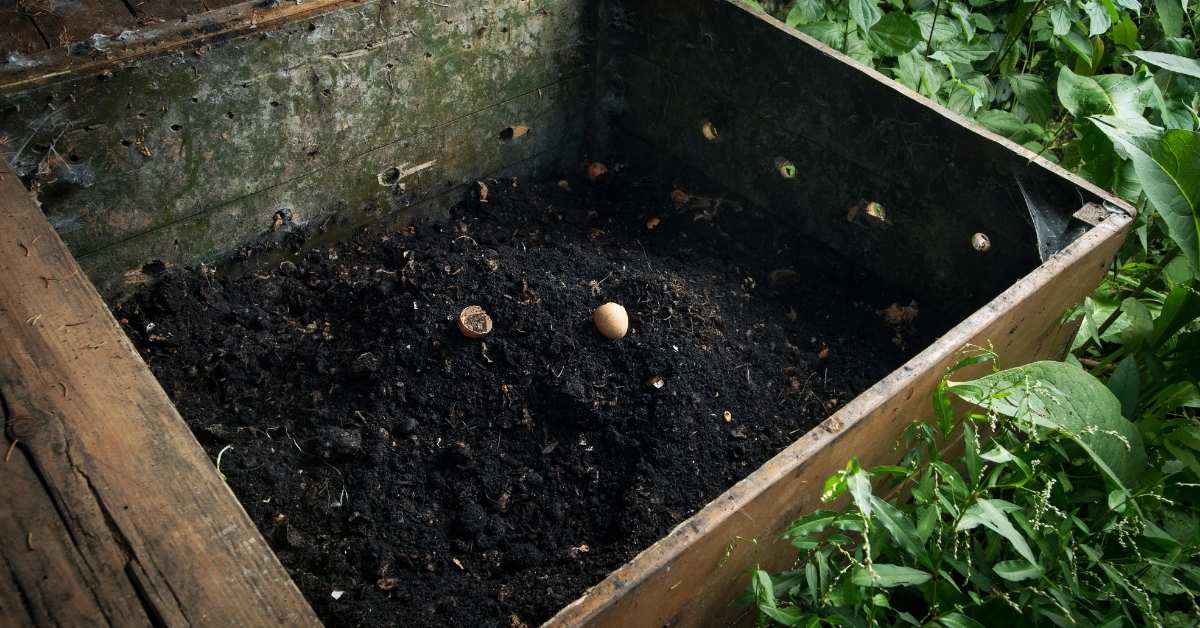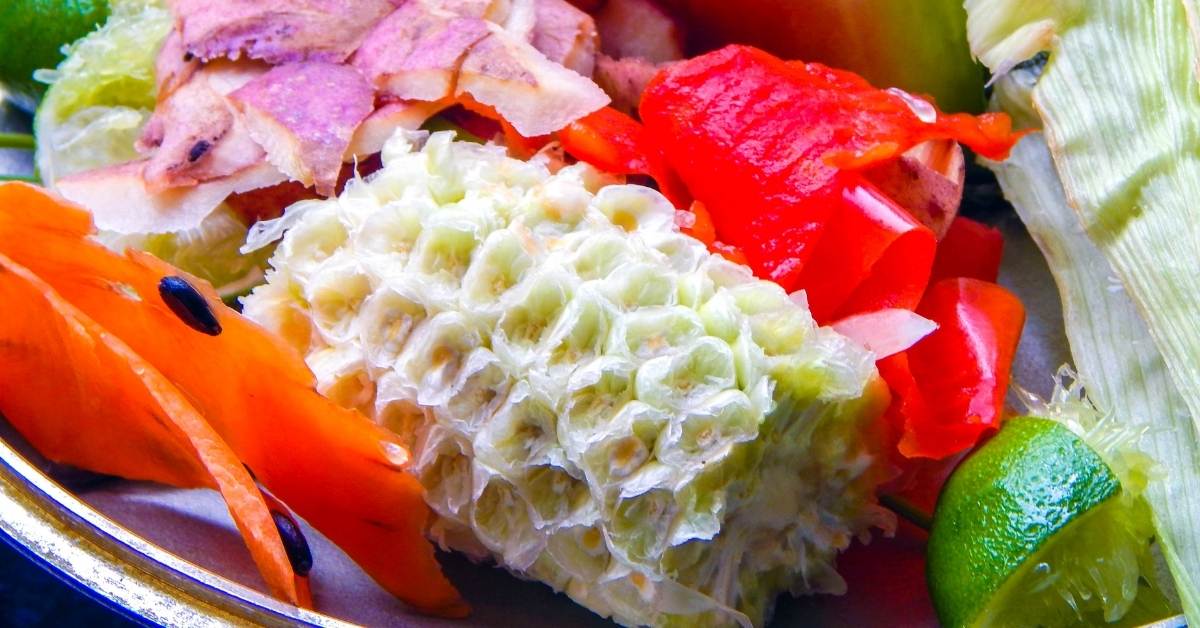Has your flower garden been lackluster, or is your vegetable plot producing puny, bland produce? It’s likely due to the quality of your soil. Having excellent soil in your garden is vital for several reasons. First, it improves the look and health of your plants. If you are growing foods to eat, those nutrients also make their way into your diet.
Here are the essential points for quality soil in your garden
Additionally, quality soil makes gardening more manageable for you, and you’ll see pleasing results faster. Creating fertile garden soil of the proper consistency doesn’t have to be a complicated or mysterious process. Here’s the ultimate guide to having the most rewarding soil so that you can grow the garden of your dreams.
1. Inorganic Soil Components
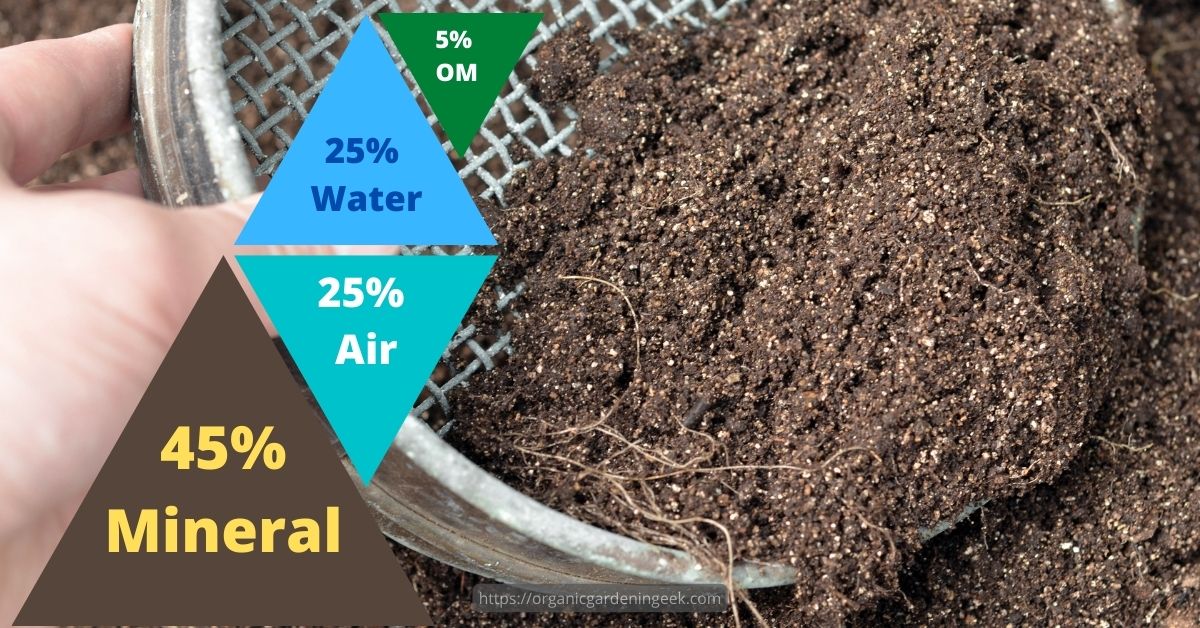
Garden soil is made up of various components, all of which work together to affect the caliber of your plants. Inorganic soil components largely determine the drainage of your garden, as well as the soil texture and workability and the availability of nutrients for your plants. These inorganic minerals are bits of finely ground rock, and the size of their particles is what gives your soil its nomenclature.
Sandy soil is made of–you guessed it–lots of sand, which has the largest particles of any soil type. Silty soil is composed of medium-sized particles, while clay has the finest particle size. The finer the particles, the more the soil compacts and clumps together, which is why clay has poor drainage, is difficult for plants to push through, and is challenging to shovel when very wet or dry (like trying to jackhammer through baked ceramic).
If you’re unsure what type of soil you have, try this experiment. Fill a mason jar with about one-third garden soil and two-thirds water. Shake it up, and let it settle for a few hours. You should see layers of different types of inorganic material in proportion to your overall soil type. Your soil type may vary in different yard spots, so you may want to perform this test in several areas.
If your soil has too much sand or too much clay, you may need to balance it with the opposite type of soil, as well as organic material (see below). Be aware that these elements can work their way down deeper into the soil after some time, leaving the topsoil too loose or too compact again, so you may need to repeat this periodically.
2. Organic Soil Components
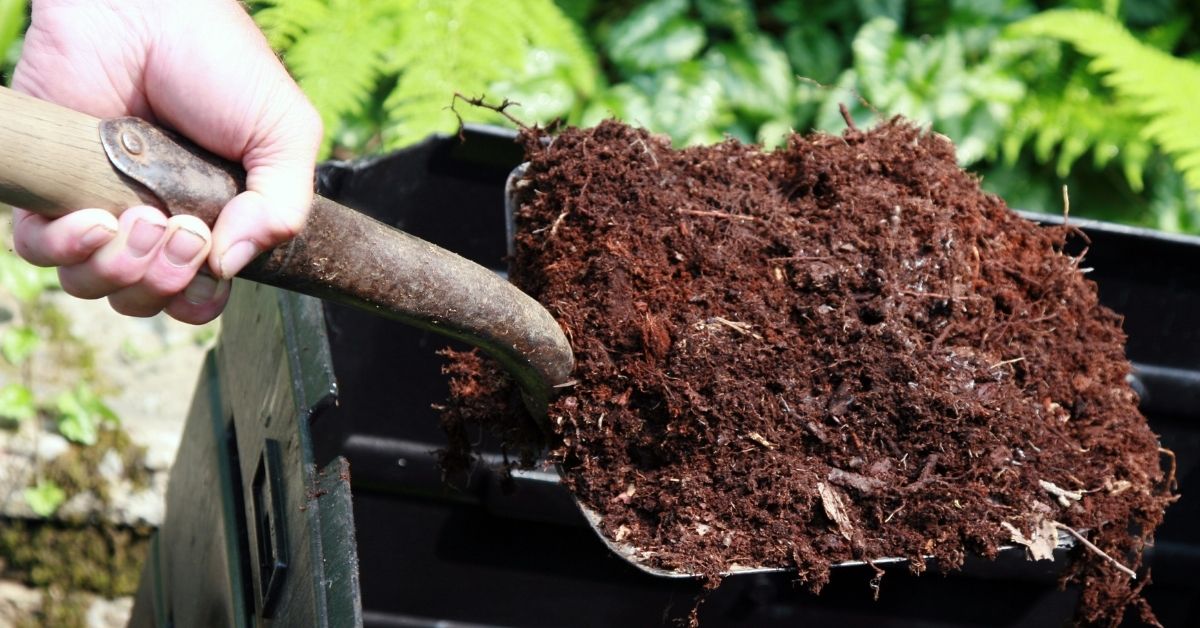
Your soil is also made up of various organic components, such as decomposed vegetation and live organisms. The organic material in your dirt retains moisture and helps bind it together.
It also allows water and air to move through it–necessary components for plant growth. Ideally, your garden soil should be about 25 percent air and 25 percent water. The organic parts of your soil feed microorganisms necessary for its health, producing more organic material, and so on.
You can add more organic material to your garden to make it healthier. Common additives include peat moss (anaerobically decomposed vegetation), mulch, manure, or compost (see below).
3. Soil pH
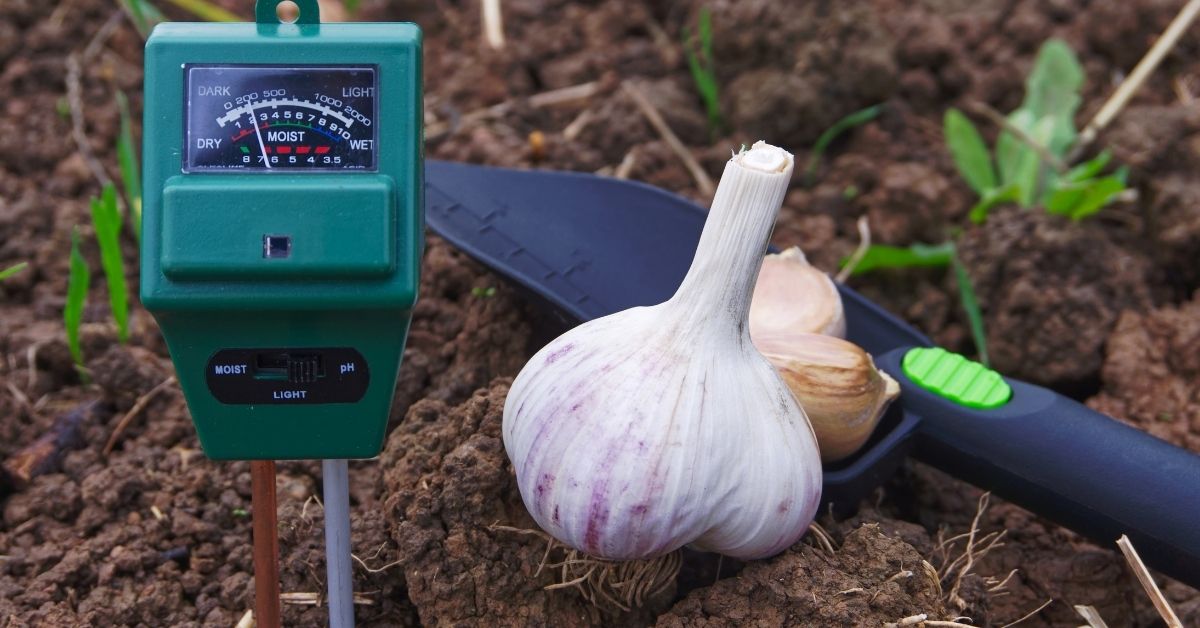
Your soil pH is a measure of its acidity or alkalinity. You can purchase DIY pH testing kits or include pH testing if you have a landscape service or university agriculture extension department perform a more comprehensive soil analysis.
What is a good soil pH?
The ideal soil pH for most plants is about 6.5 to 6.8 for the best nutrient solubility. In general, the eastern half of the US leans towards more acidic soil, while the western portion is more alkaline. If your soil is too acidic, you can add powdered limestone in the fall for improved balance. If it’s too alkaline, ground sulfur, bone meal, or crushed oyster shells can increase the acidity.
How do you measure soil quality?

Adding compost is not a matter of doing it once and being done with it. It is an ongoing process that contributes to the replenishment of nutrients in the soil. To identify what extra nutrients are required to support plant development and production, the soil should be tested at regular intervals over the course of a few years.
It is relatively simple to do your own soil testing, and kits to do so are readily available both online and in stores that sell gardening materials. It is also possible to do a more in-depth investigation of soil samples by taking them to the county extension office in your area.
Readings for the soil’s pH, potassium (K), phosphorus (P), calcium (Ca), and magnesium (Mg), as well as sulfur, are provided by a fundamental soil test (S). A soil test will not only tell you the amount of lead and organic matter in the soil, but it will also provide you with advice on how to change these amounts.
As soon as you have a better understanding of the nutrient deficiencies in your soil, you will be able to improve the soil’s nutritional content by adding organic amendments. For instance, alfalfa meal has the ability to enrich the soil with nitrogen, phosphorus, and potassium.
Castings from worms are an excellent source of nitrogen for amendments. Phosphorus and calcium are both included in bone meals. The majority of the time, all that is required is the application of an all-purpose organic fertilizer on a consistent basis.
4. Fertilizers
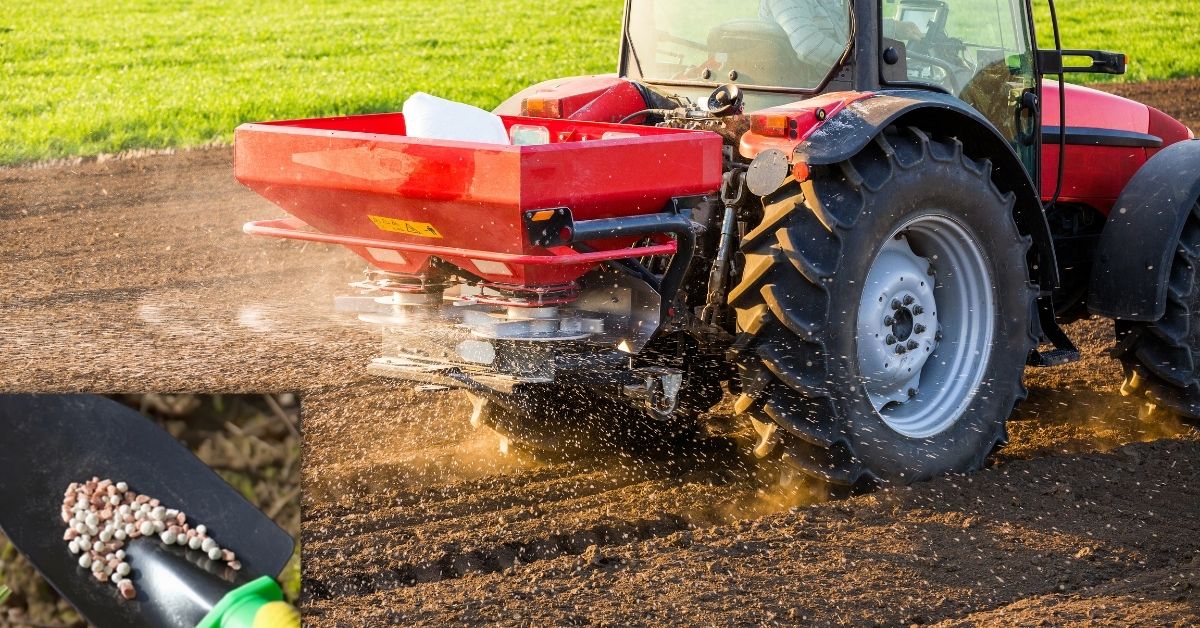
Various chemical elements in your soil are what make it more or less nutrient-rich. Most of the basic nutrients you hear talked about are nitrogen, phosphorus, and potash (potassium). While you can use chemical fertilizers to add these elements if they’re missing from your soil, they can be hard on its microorganisms.
A better way to improve the nutrient level is to add good quality organic material, like manure, seaweed, or compost (see below). If nitrogen is missing, you can replace it with a blood meal or fish meal from the garden center.
You can have your soil tested for its nutrient levels at the same time your pH is tested. If you live in an urban area or a place with ground or water pollution issues, you may also want to test your soil for heavy metals, such as lead or any other harmful chemicals.
5. Green Manures and Cover Crops
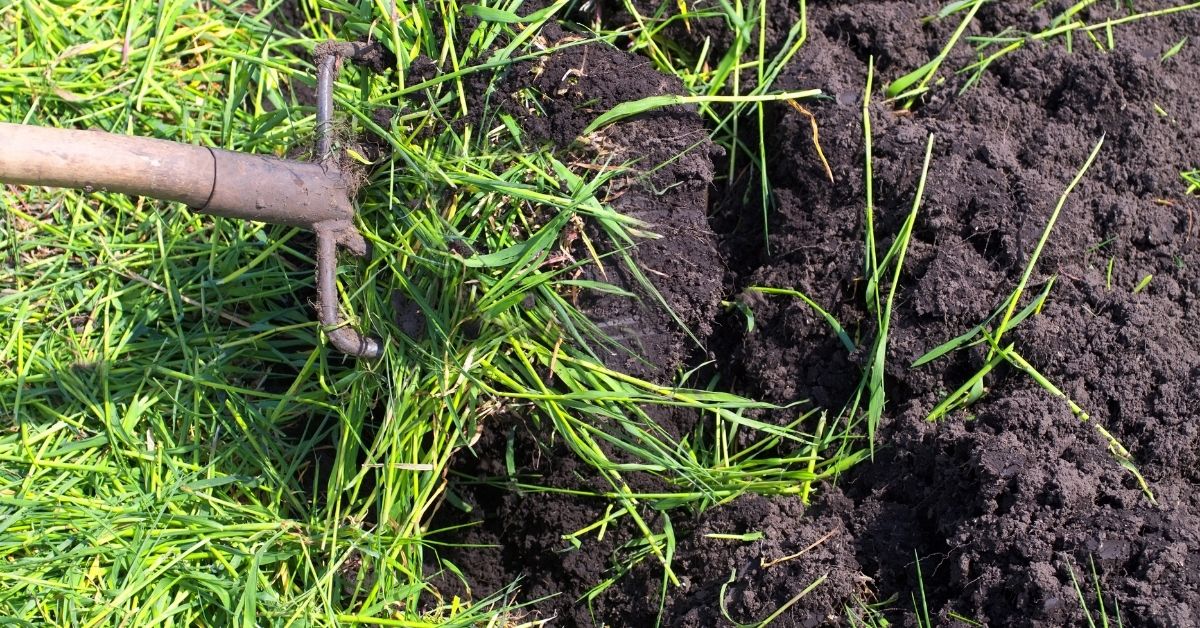
Green manures and cover crops are a long-term way to add organic material to your garden, and they are usually used on larger plots or farmlands. These are species that are planted to protect bare soil over the winter in cold climates and/or to add nutrients six months to a year later. They also fix nitrogen, an essential element for healthy plants, and smother weeds.
When cover crops or green manures are tilled into the soil several times in advance of planting, they decompose and provide natural fertilizers for the garden. Common species for this purpose include;
- vetch
- winter rye
- field peas
- buckwheat
- alfalfa
- soybeans
- Manure
Manure is the droppings of animals that eat a vegetarian diet. You can obtain high-quality manure in several ways:
Raise your own chickens, goats, cattle, horses, or other livestock, and use their waste.
Purchase fresh manure from a nearby source.
Purchase composted manure from an agricultural supply company or garden center.
If you use fresh manure, the area cannot be planted for at least three months after its application. Fresh manure is too high in salts and may contain parasites from an animal source.
Once it sits for a length of time, these components are no longer a problem, and all that’s left is the fertile, organic elements.
Whether you buy it by the sack or truckload, composted manure can be used in gardens for immediate planting. Farms with an excess of manure may be a good source of inexpensive products. Also, many equestrian facilities that don’t need manure are happy to donate it or sell it very cheaply —definitely worth checking if you need a large volume.
6. Seaweed

You or people you know probably tout the benefits of eating seaweed for its many nutrients. Guess what: it’s just as healthy for your garden! Seaweed is loaded with iron, manganese, copper, and zinc, which are all elements you want in your fruits and vegetables.
Seaweed is also high in antioxidants, which help plants fight disease and helps them grow stronger and faster. It is commonly available in two formulations; liquid seaweed makes its nutrients immediately available to plants, whereas powdered seaweed is preferable for the slow release of food.
While seaweed is a fabulous plant nutrient, know that it is missing nitrogen and phosphorus. Make sure you add these elements to your garden from another source if you are going to use seaweed as a natural fertilizer.
7. Composting
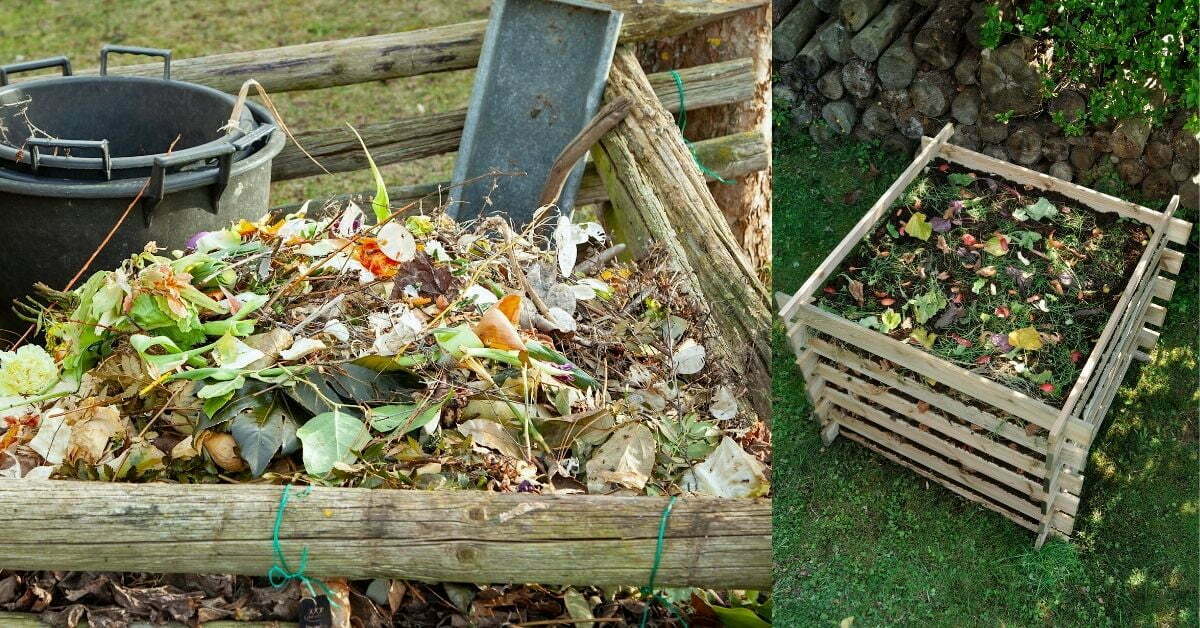
Composting is a way to create your own organic material for your garden soil. You accumulate scraps of items that biodegrade relatively quickly and turn them into nutrient-rich (and free!) fertilizer. Commonly composted items include
- vegetable and fruit peels and remains
- eggshells
- human and pet hair
- coffee grounds
- discarded cut flowers
- lawn trimmings
- leaves
- garden waste
- pine straw
- wood chips
- sawdust
- horse stall waste (droppings, stall bedding, etc.)
You can build an open compost pile, but most people prefer to compost in an enclosed bin. This helps eliminate odor problems as well as keep wild animals or pets from getting into it. The heat generated by the mass of waste helps break it down faster, and all you need to do is keep adding to the pile and turning it with a rake regularly.
You can construct your own compost bin, although they’re also available very inexpensively at garden and home supply stores these days. Keep a bucket handy in the kitchen or anywhere else you get items for your compost pile. If kitchen garbage odor is an issue, try using a closed pail with a charcoal filter built into the top.
When the compost starts to resemble good, crumbly dirt, it’s ready to be used in your garden. Don’t disturb the soil’s microcosm by working it too deeply. It’s sufficient to incorporate it about two or three inches down.
8. Earthworm Castings

Also known as vermicast, earthworm castings are perhaps the tiniest type of manure you’ll ever work with–they’re actually worm poop! As yucky as that may sound, earthworm castings are full of nutrients for your garden; they repel pests, and they aerate your soil.
You can purchase earthworm castings by the bag at garden centers and even health food stores. You can also make your own worm bin–a fun project to do with kids. In addition to using the castings for fertilizer, you can use the “tea” that is created from moisture seeping through the bottom of the worm bin.
9. Raised Beds and Containers
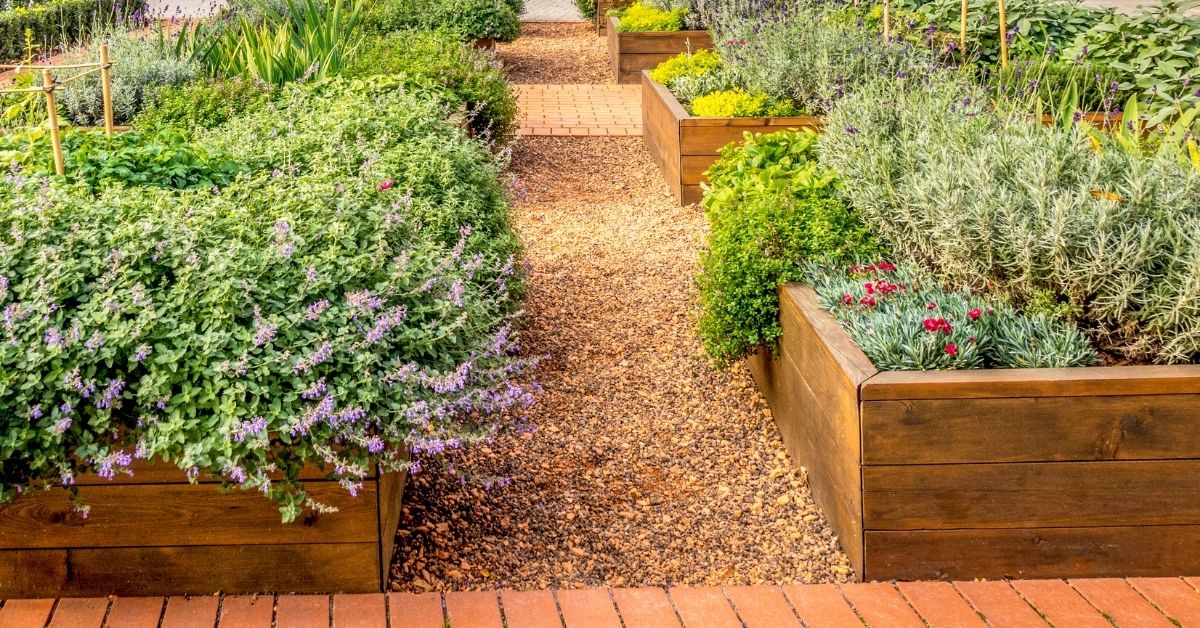
If you recall from your reading above, sometimes it can be challenging to maintain the desired consistency of your garden soil. You can add sand and organic material to loosen packed clay soil, and it just seems to disappear as fast as you add it, as it works its way down below the topsoil. If this is an issue for you, you may want to use raised bed or containers for your garden, which gives you more control over the soil.
Gardening in raised beds, pots, or troughs can also be advantageous if you have plants that require vastly different soil conditions. For example, carrots, because they grow downward from the surface, prefer sandier soil, while vegetables like lettuce and peppers like more silt in the earth.
You can manage more than just the consistency, too, with contained beds. The pH preferences for some plants also vary widely.
Blueberries, for example, like more acid soil than most other fruits. Hydrangeas can bloom across a wide pH range; however, to achieve the deep purplish-blue that most flower growers prize, the ground needs to be highly acidic. If you grow your blueberry bushes in terraced beds and your hydrangeas in large pots, you can achieve this without affecting the other species in your garden.
Conclusion
Having wonderfully workable and fertile garden soil doesn’t have to be a pipe dream. If improving your entire yard or garden plot feels like an overwhelming task, start small with a few beds or containers. Once you see and taste the difference good soil makes in your plants, you’ll never want to put up with poor soil again.
FAQ -Soil Quality
What is green manure?
Green manures are crops that are cultivated particularly for the purpose of constructing and preserving the fertility and structure of the soil. Green manures may also serve other purposes. They are often worked back into the soil in one of two ways: either directly, or after being removed and composted.
What happens if pH is too low in soil?
Plants will have trouble receiving nutrients via their roots if the soil pH is either too low (acidic) or too high (basic). Because of this, the plants may suffer from nutritional shortages, which manifest as symptoms such as yellowing leaves, slowed development, or an absence of blooms and fruit.
What happens if soil pH is too high?
When the pH of the soil is excessively high, it may be detrimental to the health of plants and their development. When the soil has a high alkalinity, it is more difficult for plants to take in the nutrients they need from the soil, which might prevent them from reaching their full potential for development.
How can I tell the quality of my soil?
A simple hand test is another option for determining the soil’s overall quality. Squeeze a handful of the dirt you have in your palm. When you probe the dirt and it remains together but breaks apart, this indicates that the soil is loamy, which is desirable.
What does a healthy soil look like?
A rich, dark, almost black hue should characterize the soil in a garden that is in good condition. A soil that contains very little or no life seems more like dirt: it is dark and dry. When it rains, this poor soil will turn into a dark brown muddy mess. The texture of healthy soil shouldn’t be muddy, and it should be able to absorb water very well.
How do you fix unhealthy soil?
The single most crucial component to enhancing any soil is organic matter. Heavy clay soil may drain better, becoming less difficult or sticky to dig and be simpler to work with. In addition, it may aid sandy soil in retaining more moisture and nutrients.
